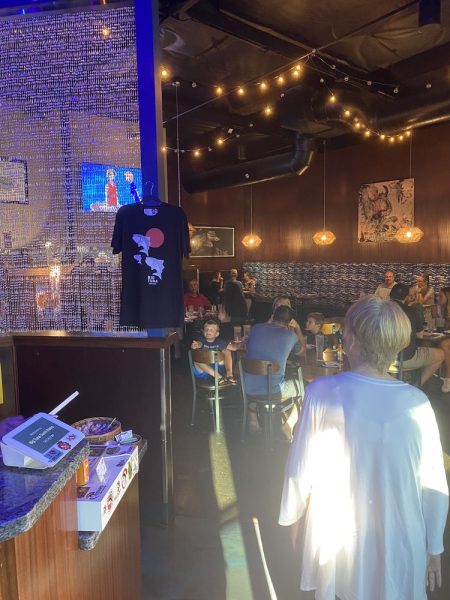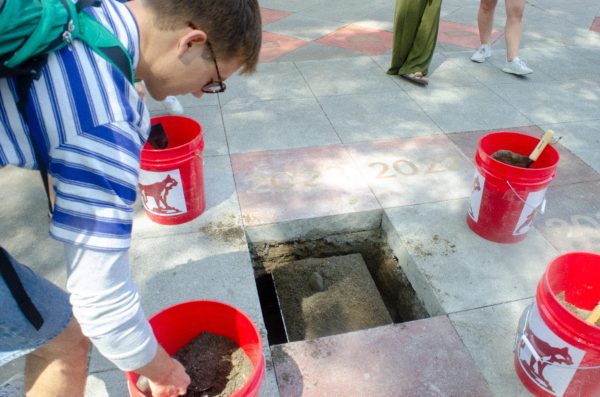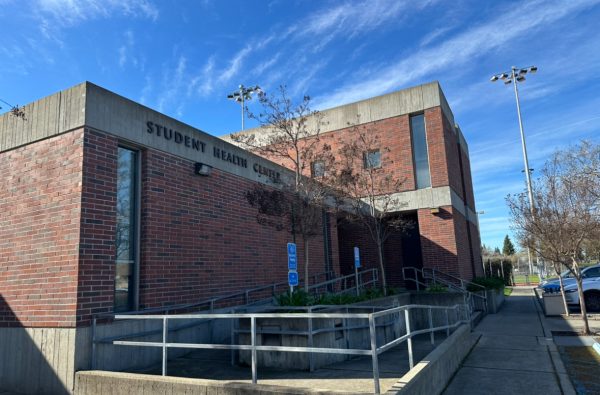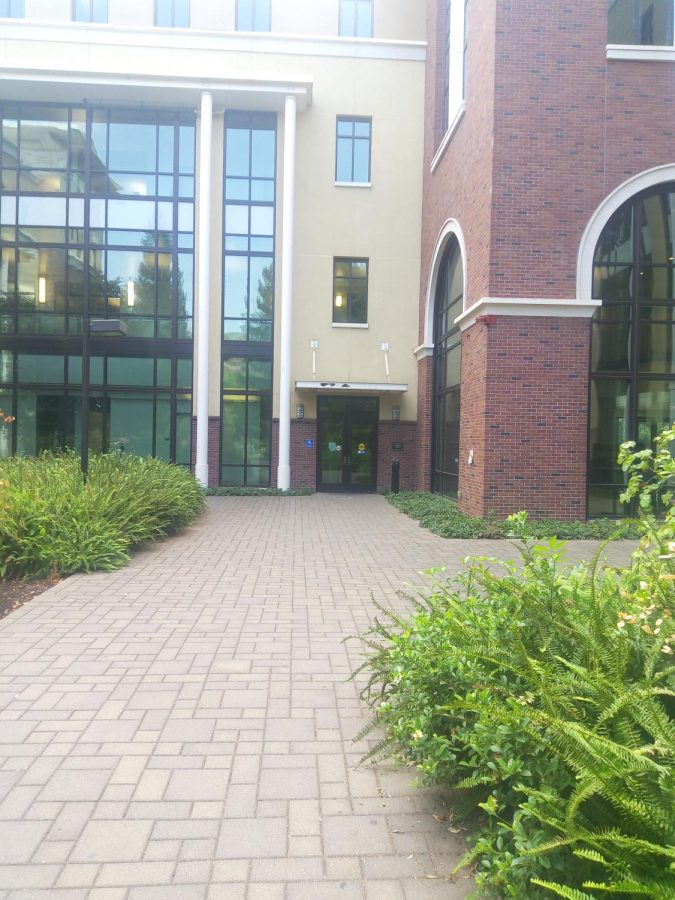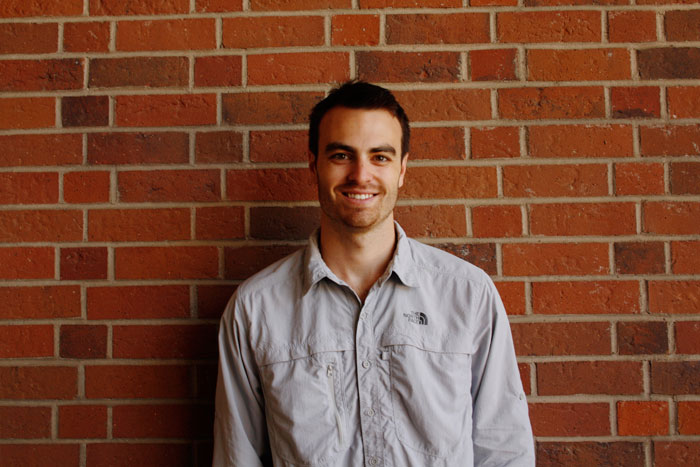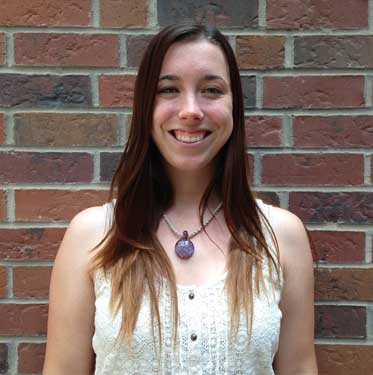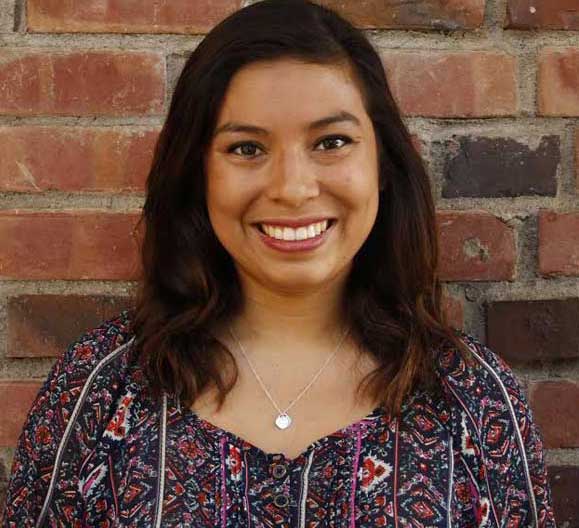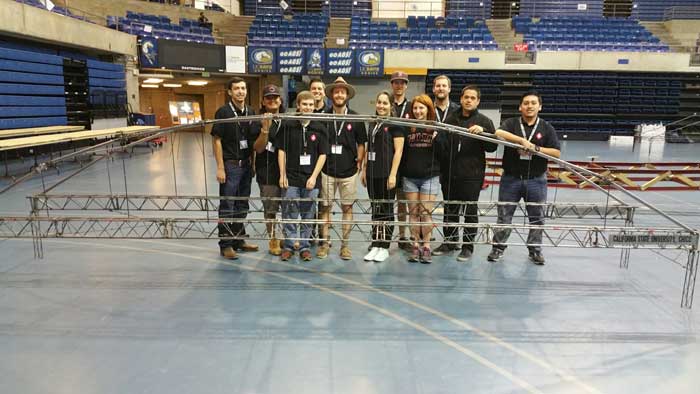Published 2012-09-19T21:24:00Z”/>
Nicole Gerspacher
Australia had Steve Irwin, the crocodile hunter. Chico State has Glenn Woodruff, the rattlesnake wrangler.
Woodruff, a 26-year-old graduate student mastering in biology, has been wrangling rattlesnakes for two years. He has caught 82 rattlesnakes and milked the usable venom from about 65 of them.
Woodruff is testing the venom to see if the isolation experienced by snakes in the Sutter Buttes mountain range causes them to evolve differently from other rattlesnakes. He tests the protein composition in their venom to see if it is distinctive to suit the preying needs of each grouping of snakes.
He hopes to prove that the separation has led to a small divergence in their venom’s composition, he said. If a difference occurs, then over a longer period of time, a new species could evolve from the original one.
To find rattlesnakes, Woodruff searches around rocks in the sun. He grabs the snakes with tongs and collects their venom by making them bite down on a cup.
Woodruff then places them in a thin tube, limiting their movement, to measure length and collect other data.
Woodruff became interested in studying snakes after a trip to Africa between his undergraduate and graduate schooling.
“There are a lot of really cool exotic snakes there, and it got me thinking that maybe I could do something with snakes,” he said.
He came back to Chico State and told his adviser, Tag Engstrom, about his idea.
“I thought that there might be some hang-ups with venomous snakes and the university,” Woodruff said. “But evidently they don’t care, so it all worked out.”
Woodruff is one of nine graduate students mentored by Engstrom, an associate professor in the department of biological sciences.
“A lot of what I do is basic nuts and bolts stuff,” Engstrom said. “I help them determine what classes they need to fulfill their requirements for their degree, and I help them explore the science that they want to do.”
Another of his biology graduate students is William McCall, who is a friend of Woodruff’s and works with Western pond turtles.
McCall sometimes goes out to search for rattlesnakes with Woodruff, but mostly studies habitat effects on turtles through their shell symmetry, he said. If the turtles are healthy, then their shells will develop symmetrically as opposed to asymmetrically.
“They are of special concern here in California, because they are the only native aquatic turtle,” McCall said.
His work with turtles began with a love of amphibians and reptiles. He went in the field with Engstrom and caught a few turtles, which eventually turned into the master’s thesis he is working on.
McCall has gained a lifelong friend through his turtle-trapping, his pet red-eared slider turtle, Bertha.
Red-eared sliders can’t be released back into the wild because of their invasive nature toward Western pond turtles. So, Bertha helps second and third-graders learn more about red-eared sliders at the Butte Creek Ecological Preserve.
As for Woodruff, he hopes to continue studying snakes during graduate school and eventually get his research Published . However, there are few career options.
“This is just me getting a master’s degree in something that I love,” he said. “And then when I graduate I’ll probably be taking a different direction but still within biology.”
<hr />
<strong>The Orion can be reached at </strong><a href=”mailto:[email protected]”><em>[email protected]</em></a>
- Daily Newscast- September 20, 2012
- Milking It
- Rattlesnakes
- Wrangler
- Snake, Rattle ‘n’ Roll
- Hide and Seek
